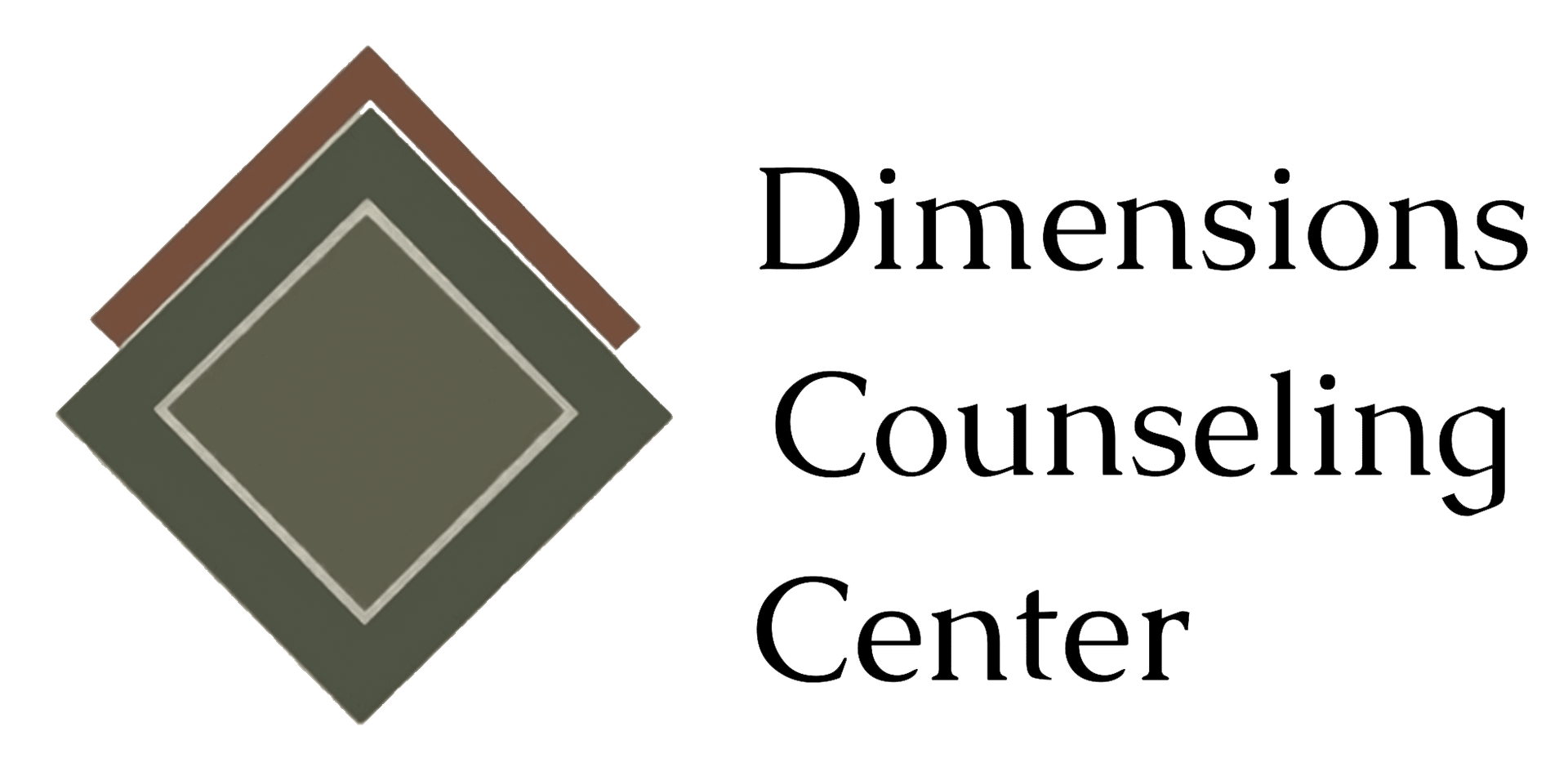
Rest Vs. Recharge
Why People Need Both to Overcome Burnout
Burnout is becoming an increasingly common challenge for people across all industries and professions (and yes that includes parenting and care giving). If you’re feeling constantly drained, struggling to focus, or emotionally exhausted, you’re not alone. Many people we work with say, “I try to rest, but I still feel wiped out.” The truth is that rest alone is often not enough. To truly recover from burnout, you need both rest and intentional recharge. Understanding the difference and why each matter, is essential for maintaining your energy, focus, and well-being.

